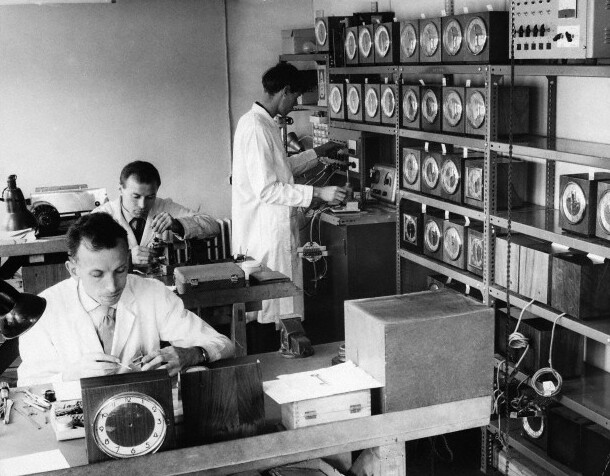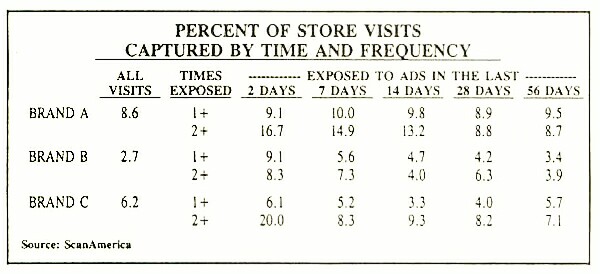The Missing Media Metric: Reach Velocity — Part 1

There is growing evidence that the velocity at which reach builds is another variable positively correlated with ROI increase. True, it is an aspect of Recency, so it is not like it was totally missing. But it does deserve its own call-out.
Why would velocity matter? If one has chosen media wisely and the brand is reaching most of its true purchaser prospects every week (not many brands are doing that these days), what difference does it make how rapidly that reach builds up?
As I said, this is really a corollary to Recency. Let’s dig into it.
Working with Erwin Ephron we compiled a list of media variables it’s important to optimize. These variables were listed in my acceptance speech when I received the Erwin Ephron Demystification Award and are listed in the next paragraph. Working with RMT our current team has created a protocol involving nine levers one can pull to get more ROI from marketing/advertising, considering not just media but also creative. The whole Ephron-Harvey media optimization list of key variables is included in this protocol, which Steve Fajen calls APP, for Advertising Planning Protocol.
However, it also appears this APP is still incomplete. Budget Size, CPM, Reach, Recency, True Purchaser Targeting, Optimal Frequency Distribution, Optimal Media Environment, Experience Sequencing (aka Path to Purchase), Hyperlocal Opportunities, Creative Metatagging -- move over. There’s at least one more media lever to pull.
Erwin emphasized that people can go out to buy something at any time -- and he loved the word “propinquity,” which is the rubric for temporal readiness to buy. If reach is high, but it built up slowly – say, if you put all of your money into monthly magazines (not to knock their value in other dimensions) -- then in any two-day period the percent who received messages will be low.
Why did I bother to mention a “two-day” period?
The Ebbinghaus forgetting curve describes the temporal footprint of advertising’s effectiveness -- it drops off sharply for the first two days, and then gradually after that. This undoubtedly reflects biological mechanisms in the brain that are hard-wired into human beings and will be fully documented someday.
Leslie Wood deserves the credit for showing how this affects the sales produced by advertising in CPG (Consumer Packaged Goods). In my November 1989 newsletter I showed the following table created by Leslie via her brilliant analysis of Arbitron ScanAmerica data, the precursor of Apollo and one of the noble experiments in the development of true singlesource. ScanAmerica was invented by Bill McKenna and I was privileged to consult on its development.

The global paramilitary community uses the term “double-tap” to refer to the firing of two bullets in quick succession. Apparently there is also a double-tap effect in CPG advertising: If two exposures are delivered in the two days before a shopping trip, this doubles to triples the sales effect.
This can be seen in Leslie’s table above. For example, Brand C captured 6.2% of all shopping trips overall -- in other words 6.2% of the time a shopper on a supermarket-type shopping trip bought Brand C. But among just those people who had been exposed two or more times to Brand C’s advertising in the 48 hours before the shopping trip, that 6.2% became 20.0%.
This is what makes Reach Velocity important: It is the best media metric to use in order to maximize the double-tap effect. The faster reach grows, the higher the reach will be in any two-day period under the reach curve (whether the reach curve is over a week, four weeks, or the whole campaign length). And the higher the reach in a two-day period, the higher the reach-at-2-frequency will be in a two-day period.
In the next post, we’ll analyze which are the fast-reach media.
My thanks to Tony Jarvis for his contributions to this article.
I will be speaking from the main stage on Tuesday, June 16 at theARF annual Audience Measurement conferenceand also co-presenting a different paper with Turner and TiVo at noon. Hope to see you there!
The opinions and points of view expressed in this commentary are exclusively the views of the author and do not necessarily represent the views of MediaVillage management or associated bloggers.


